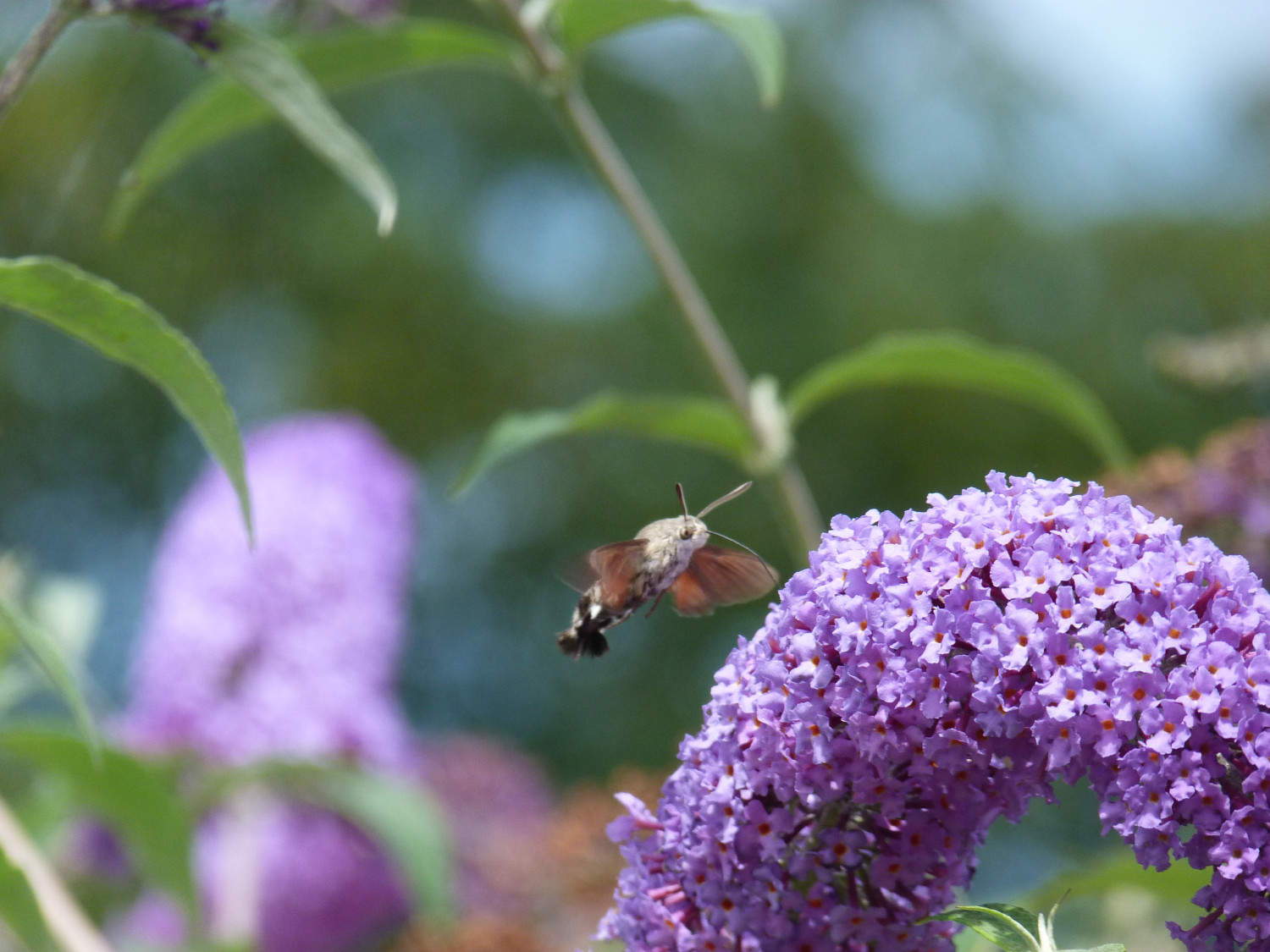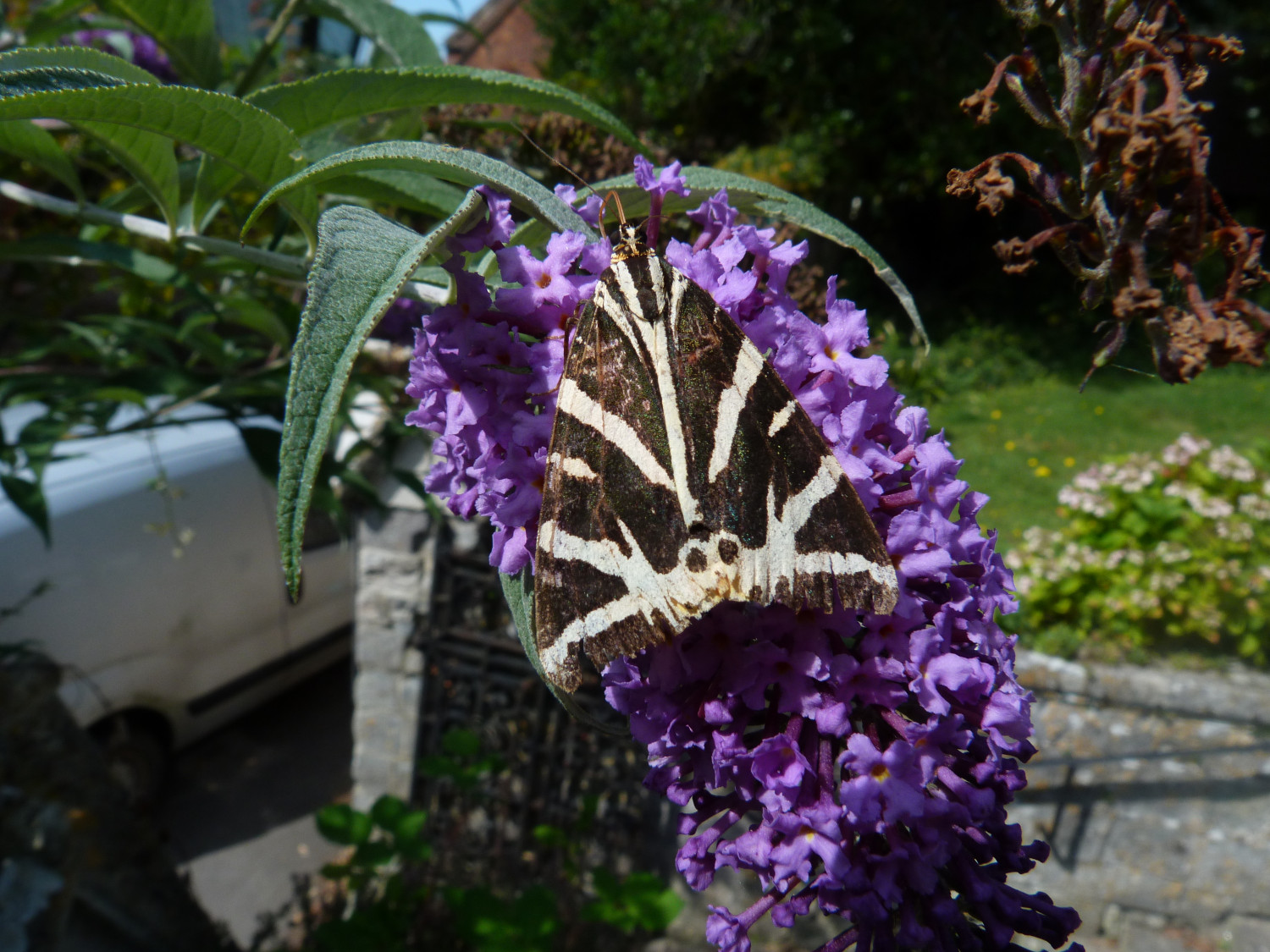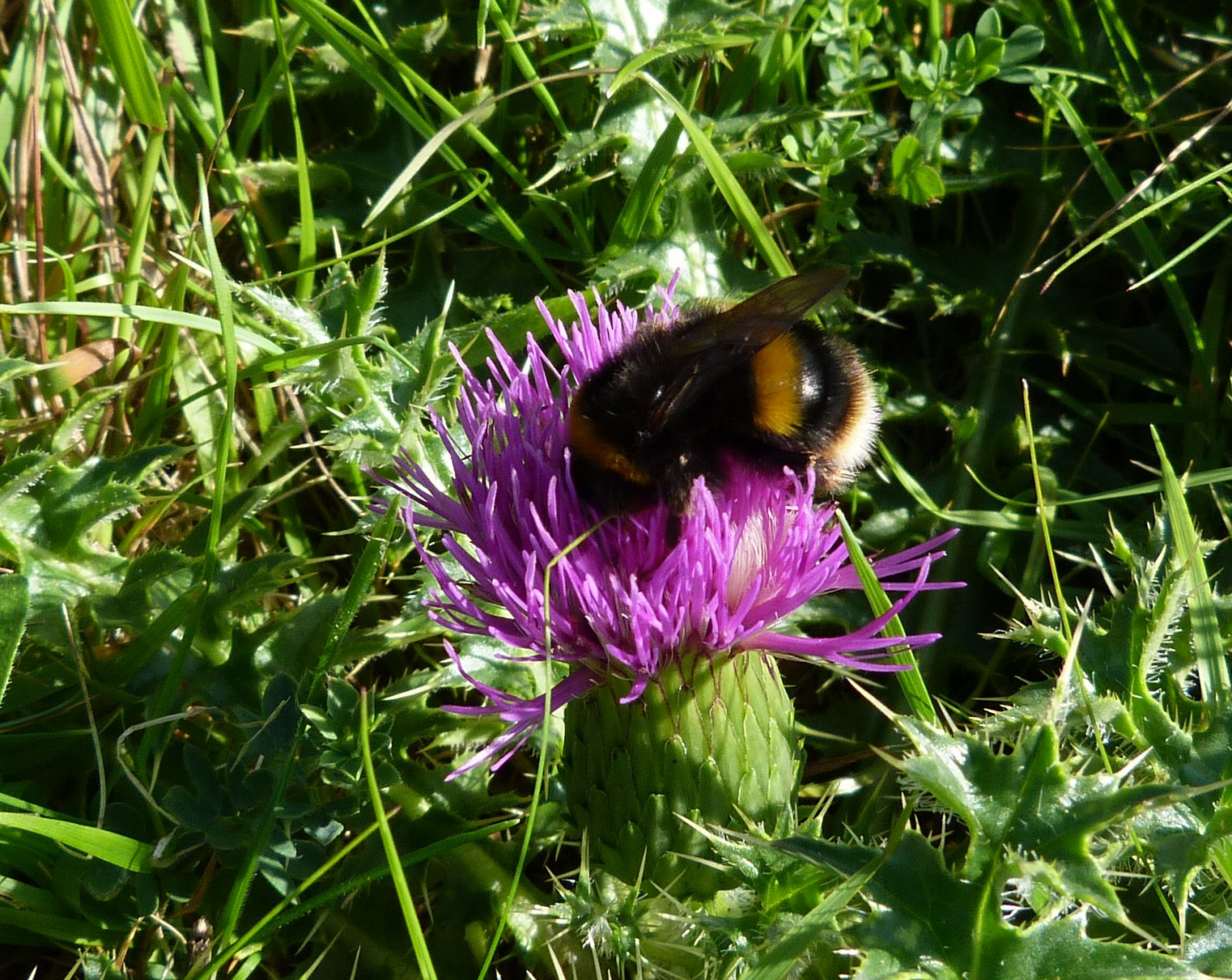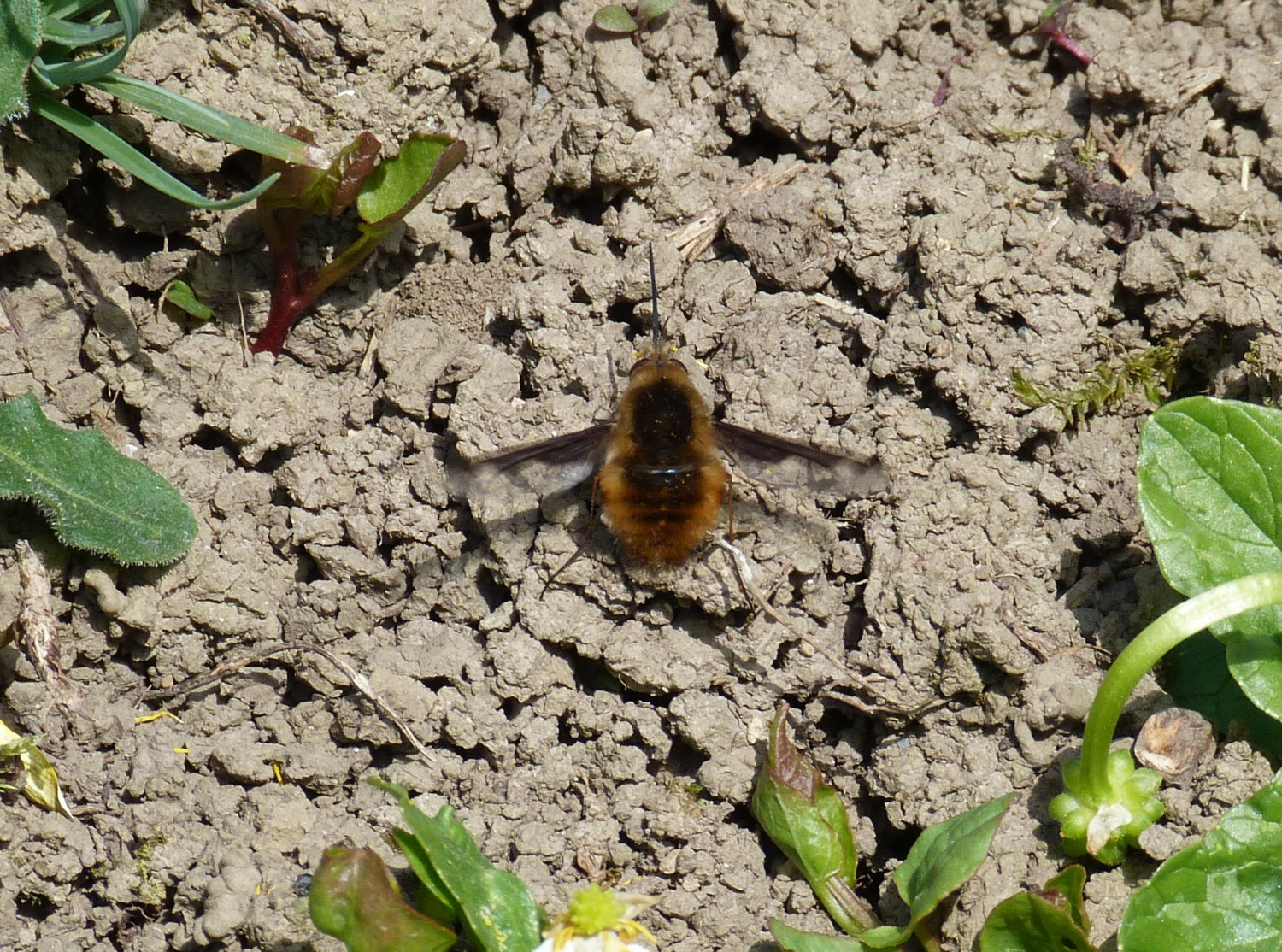Butterflies and moths are insects. And so are bees and flies. Spiders are not insects. Nor is a woodlouse. So what do they have in common, and why have butterflies, moths and spiders been singled out for special mention? The answer to the first question is that the connection is based on scientific classification. They are all arthropods, which means that they have jointed legs, a head, a thorax (chest) and abdomen (tummy). They don't have bones that support their bodies but a hardened skin that holds them together (exoskeleton). The answer to the second question may seem arbitrary but it is practical. Butterflies are easy to see and have been studied regularly in the churchyard. Most moths are also conspicuous, but we don't know much about their presence in the churchyard because it hasn’t been studied. Spiders don't fly and are less conspicuous, but again we don't know much about their distribution in the churchyard.
So the reason why moths and spiders are mentioned together is that they will be subject to special study during our churchyard project. This does not detract from the importance of bees, flies woodlice and other small arthropods…
Butterflies - the churchyard is the start of what is known as a transect for recording butterflies This is a defined walk taken at an even pace by a trained observer who walks along and counts every butterfly seen. All species counts are noted separately. Counts are undertaken weekly between April and September and the results are recorded on a central database by Butterfly Conservation. As a result we know that 14 of the 57 known species in the British Isles have been recorded in the churchyard. To find out more about these butterflies click here. If you wish to follow the local transect that takes you on a beatiful walk with splendid views from the top of Brent Knoll click here.


Moths – there are around 2,500 known species of moth in the British Isles and these vary significantly in size and flight patterns. Most fly at night, so any moths that are seen by a casual visitor to the churchyard will be limited to day flying moths. Two striking examples, a Jersey Tiger and Hummingbird Hawkmoth are illustrated here feeding on buddleia. The standard method of surveying night flying moths is to put out a moth trap containing a bright light at night. This attracts moths, and these can be identified in the morning after the trap has been opened. As part of our project a retired local engineer Rob Dalziel has constructied a moth trap and we have used it on two occasions this summer (2021). For a report on these trapping exercises click here. We shall be continuing these moth trapping exercises. If you want to join us when we open up our trap, please contact Ged Keele gerard.keele@btinternet.com – 01278 769010.
Spiders - the project was fortunate to be able to call on the services of a local expert on spiders, Dr Francis Farr-Cox and he visited the churchyard in May 2021 to teach us how to go about identifying spiders. To learn how an expert goes about luring spiders out of their hiding holes onto their webs and how to use a leaf sweeper in reverse gear to collect spiders from grassland, please click here. In October 2022 Francis paid us a return visit when children from the local WATCH Group came to our churchyard for one of their monthly sessions. Click here for an account of that meeting.


Bees, flies, woodlice and other small arthropods – are clearly of great importance for biodiversity, and we will encourage local people to study these in our churchyard. For a brief introduction to what you might find please click here. The images above are an illustration of a couple of species you might find. The buff tailed bumblebee is very common, but the other image of a bee fly will be less well known. This looks like a bee but is actually a fly that is parasitic on mining bees. There are some amazing things to see and study in our churchyard…